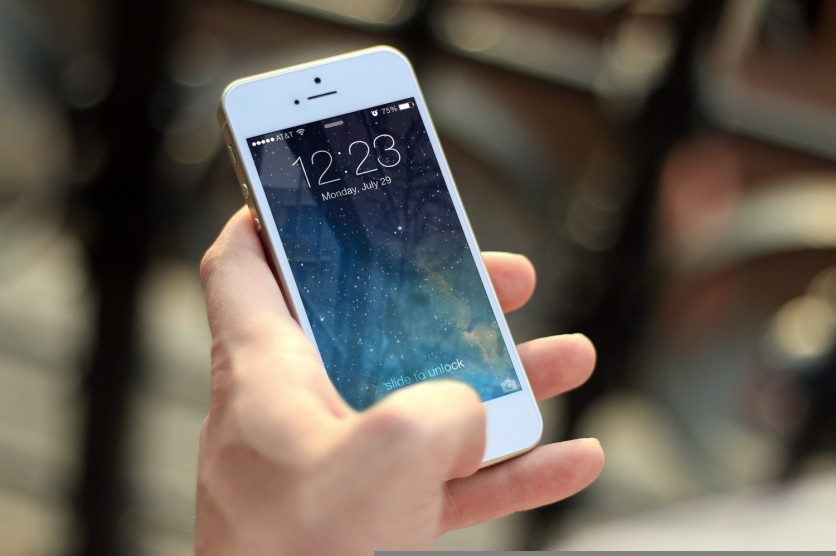The University of Washington's Paul G. Allen School of Computer Science & Engineering and UW Medicine have developed a system for the early detection of prediabetes using a smartphone's capacitive touch sensing capabilities.
Known as GlucoScreen, the system uses a smartphone to measure blood glucose levels without the need for a separate reader, making glucose testing more accessible and affordable.

GlucoScreen Test Strip
The GlucoScreen test strip samples the electrochemical reaction induced by the mixing of blood and enzymes as an amplitude along a curve at a rate of five times per second.
The strip transmits this curve data to the phone encoded in a series of touches using a technique called pulse width modulation. Each pulse width represents a value along the curve, and the greater the distance between taps for a particular value, the higher the amplitude associated with the electrochemical reaction on the strip.
Anandghan Waghmare, a Ph.D. student in the Allen School's UbiComp Lab, explained that "We took the same test strip and added inexpensive circuitry that communicates data generated by that reaction to any smartphone through simulated tapping on the screen."
"GlucoScreen then processes the data and displays the result right on the phone, alerting the person if they are at risk so they know to follow up with their physician."
Co-author Farshid Salemi Parizi, a former Ph.D. student in the UW Department of Electrical & Computer Engineering, said that the strip did not require batteries or a USB connection, but instead incorporated photodiodes into its design so that the strip could draw power from the phone's flash.
The GlucoScreen app walks users through the testing process, and users can apply a drop of blood to the biosensor attached to the test strip. After the data is transmitted from the strip to the phone, the app applies machine learning to analyze the data and calculate a blood glucose reading.
The system requires no low-level access to the capacitive touch data, so users don't have to access the operating system to make GlucoScreen work. The system was evaluated using a combination of in vitro and clinical testing.
Cheaper and Accessible Glucose Testing
Due to the COVID-19 pandemic, clinical testing had to be delayed until 2021 when the researchers used GlucoScreen to test 67 participants who were recruited through UW Medicine.
They found that GlucoScreen had a sensitivity of 92.8% and a specificity of 98.2%, which were comparable to those of a commercial glucometer.
The researchers said that their system could help make glucose testing less costly and more accessible, particularly for one-time screening of a large population.
Early detection of prediabetes is important as it can be reversed through lifestyle changes such as improved diet and exercise. According to the US Centers for Disease Control, eight out of ten Americans with prediabetes are unaware of their condition, putting them at increased risk of developing diabetes as well as disease complications such as heart disease, kidney failure, and vision loss.
Related Article : Prediabetes Linked To Early Kidney Damage Risks: Ways To Improve Blood Sugar Control

ⓒ 2025 TECHTIMES.com All rights reserved. Do not reproduce without permission.




